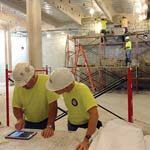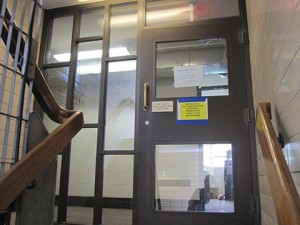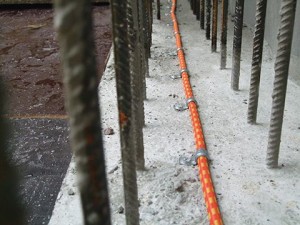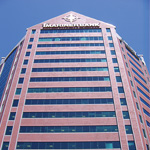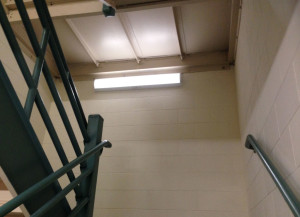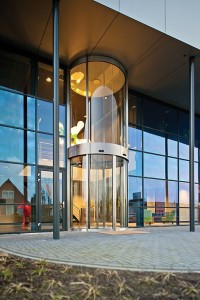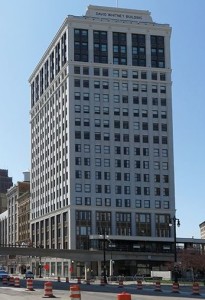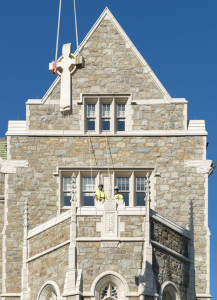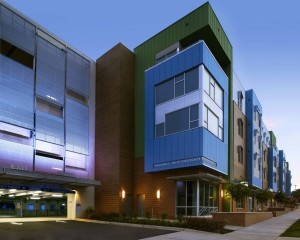Building information modeling (BIM) is changing the way construction projects are both designed and delivered, offering challenge and opportunity for stakeholders. This interoperability opens up new worlds for alternative project delivery and provides the ability to support masonry design earlier in the project than ever before.
+ Read More
|
For decades, traditional wired glass—with its crisscrossed wires creating diamonds or squares—was installed in buildings around the world. Thanks to its ability to remain intact even when broken, it was the first and, for years, only form of glazing available for fire door assemblies in schools, hospitals, etc.
+ Read More
|
Joints formed between adjacent concrete pours and where mechanical elements penetrate the concrete are the most likely points of water ingress into below-grade concrete structures. To prevent this from occurring, waterstops are commonly specified and installed at every joint in the concrete below-grade.
+ Read More
|
Thin brick walls have traditionally been used in home construction or as a part of precast panel walls. However, these assemblies are becoming more common for non-residential projects, thanks to owners and developers who see them as a way to build with brick more inexpensively.
+ Read More
|
A retrofit using motion-controlled bi-level, light-emitting diode (LED) technology has helped reduce energy consumption and maintenance while improving illumination at the West Palm Beach Veterans Affairs Medical Center (VAMC).
+ Read More
|
The July 2015 issue of The Construction Specifier examined various aspects of waterstops. In this web-exclusive article, issues concerning the installation of dumbbell and ribbed center-bulb models are explored.
+ Read More
|
The built environment is an energy-guzzler. The U.S. Green Building Council (USGBC) states in this country alone, buildings account for 41 percent of energy use, 73 percent of electricity consumption and 38 percent of all CO2 emissions, and 13.6 percent potable water consumption.
+ Read More
|
Sometimes, the best way to restore an historic building is not the way it was originally built. The methods and materials of construction have changed, and newer options are available to re-create the original design.
+ Read More
|
Shawmut Design and Construction blended the best of old-world building practices with advanced technology to restore the second-oldest building on Boston College’s campus. This brief case study examines the two-year renovation of 98-year-old St. Mary’s Hall.
+ Read More
|
The creation of the Mosaic Village project in Charlotte, North Carolina, not only provided Johnson C. Smith University (JCSU) with a new dormitory to increase its student housing, but it also helped to revitalize the city’s historic West End.
+ Read More
|
|
|


